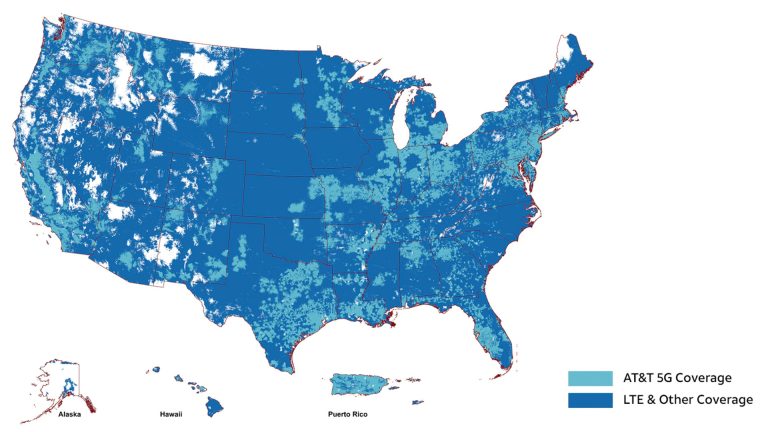NGAP Protocol Explained: Next-Generation Application Protocol Over the N2 Interface
telcomatraining.com – As the world moves towards 5G networks, the demand for efficient and high-performance communication protocols becomes crucial. The NGAP protocol, short for Next-Generation Application Protocol, plays a significant role in the evolution of mobile communication. This protocol operates over the N2 interface, which is a key component of the 5G architecture. In this article, we will explore the NGAP protocol, its role in the N2 interface, and its contribution to the efficient operation of 5G networks.
What is NGAP Protocol?
The NGAP protocol is a communication protocol used in the 5G network architecture, particularly between the Access and Core network layers. It is designed to manage and facilitate signaling between the base station (gNB) and the core network. The protocol helps in the interaction between the gNB and the AMF (Access and Mobility Management Function), ensuring seamless mobility and user experience across the 5G network.
The primary purpose of the NGAP protocol is to provide efficient communication for different signaling procedures. These include handling user equipment (UE) mobility, session management, connection setup, and other essential tasks in the mobile network.
N2 Interface and Its Role in 5G Networks
The N2 interface is one of the critical interfaces in the 5G Core Network (5GC). It connects the gNB (next-generation Node B) in the Radio Access Network (RAN) with the Access and Mobility Management Function (AMF) in the Core Network. The N2 interface allows the exchange of signaling messages related to mobility, session management, and more between the gNB and AMF.
The N2 interface ensures efficient coordination and management of resources between the radio access and core networks. It enables the seamless transfer of data and signaling, which is crucial for maintaining network performance and user experience in 5G.
The NGAP Protocol Over the N2 Interface
The NGAP protocol operates over the N2 interface, handling signaling procedures that allow for better management of 5G services. NGAP is designed to address the unique requirements of 5G, including low latency, high throughput, and improved security. Here’s a breakdown of how NGAP operates within the context of the N2 interface:
- Mobility Management: NGAP is essential in managing the mobility of user equipment (UE) across different cells or regions. It facilitates handovers and ensures that users maintain a stable connection while moving.
- Session Management: NGAP supports the setup and release of bearer resources, ensuring that data sessions are established correctly and efficiently. It also handles the management of QoS (Quality of Service) parameters, ensuring that users experience optimal service.
- Connection Setup and Release: The NGAP protocol is responsible for setting up and releasing connections between the gNB and the AMF. It ensures that both the gNB and AMF can communicate effectively to manage resources and provide uninterrupted service.
- Security Management: The NGAP protocol also plays a role in ensuring that the communication between the gNB and AMF is secure. It supports encryption and integrity protection mechanisms to safeguard data and prevent unauthorized access.
Benefits of NGAP Protocol in 5G Networks
The introduction of NGAP over the N2 interface brings several benefits to 5G networks:
- Improved Efficiency: NGAP helps streamline communication between the gNB and AMF, reducing the overhead and ensuring more efficient resource utilization. This leads to better performance and lower latency for users.
- Enhanced Mobility: With NGAP managing mobility across different network nodes, users experience a more seamless connection, even when moving across different geographic areas.
- Scalability: The NGAP protocol supports the scalability requirements of 5G networks, allowing for efficient handling of a large number of connected devices and high-volume data traffic.
- Security and Privacy: NGAP’s built-in security features ensure that the exchange of sensitive data between the gNB and AMF is secure, protecting users from potential cybersecurity threats.
Conclusion
The NGAP protocol, operating over the N2 interface, plays a crucial role in the efficient operation of 5G networks. By enabling seamless mobility, session management, and secure communication, NGAP contributes to the overall performance and reliability of 5G services. As the adoption of 5G continues to expand globally, the importance of protocols like NGAP in ensuring a smooth, high-quality user experience cannot be overstated.







